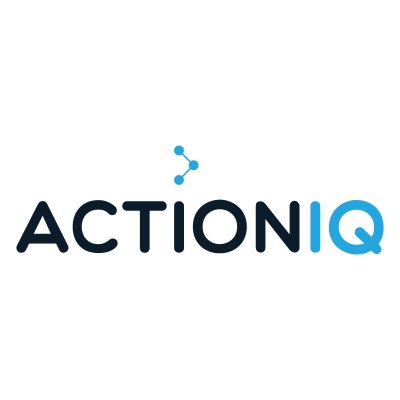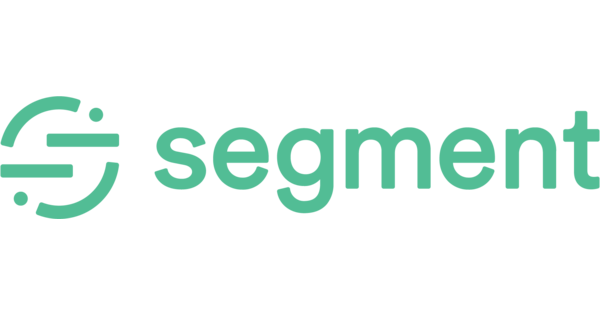A Customer Data Platform (CDP) is a software that collects and sorts customer data across a variety of touchpoints. CDPs make data aggregation and organize it in real time into customized individual customer profiles.. CDPs make data aggregation and organize it in real time into customized individual customer profiles.
CDPs build customer profiles by integrating data from a variety of sources. This can include everything from social media activity to e-commerce behavioral data to transactional system, and more. CDPs help inform people-based marketing -- they focus on peoples’ behavior, wants and needs and make that the center of the business’s decision making.
A CDP is different from a CRM, DMP and a personalization tool.
Allow me to explain:
A CRM - Customer Relationship Management System - stores customer transaction data. It does not have insight into anonymous customer behavior. Usually, the data found in CRMs is sourced from direct interactions with customers - either they filled out a form, spoke to someone on sales, or responded directly to an advertisement. They also only have limited integrations to other systems.
A DMP, or Data Management Platform, is exactly what it sounds like - it manages the data behind customer interactions, but does not help you create customized profiles or organize real-time insights into your customers.
What is Customer Data.
Customer data is essential to any business - and it is exactly why CDPs exist. Utilizing customer data effectively can make all the difference to your business. So, what exactly does that data consist of.
Customer data is the information that consumers reveal through their interactions online and offline. These interactions can look like a number of things: website utilization, blogging or reading blogs, shopping on e-commerce sites, and interacting with stores in-person, too. Using this data is extraordinarily beneficial to businesses, because they are able to better predict and address the customers’ needs.
There are four main kinds of customer data that you will find in a customer data platform.
1. Identity Data
Identity data is exactly as it sounds. It is the foundation of any customer profile that you will find in a CDP. This information allows companies to uniquely identify their customers, which prevents profile replication. Identity data typically includes
- First Name and Last Name
- Demographic Information: age, gender, race, etc.
- Location information: home address, city, and zip code.
- Contact information: Phone number, email address.
- Social information: social media handles, LinkedIn address.
- Professional information: job title and company, job history, etc.
- Company account information: user IDs, account numbers, engagement history.
2. Descriptive Data
Descriptive data expands on that initial identity data, giving you a fuller picture of your customers so that you can make more informed interactions with them. Your descriptive data categories will vary based on what type of company you are.
For example, a makeup distribution company might collect details about their customers makeup consumption, while a toy company might look at how many children a customer’s family has. Descriptive data can include:
- Lifestyle information: vehicle type, type of home, pet status.
- Family information: number of children in the household, marital status.
- Hobby information: gym memberships, magazine subscriptions.
- Career information: job level, industry, income, previous employers.
3. Behavioral Data (Quantitative)
Behavioral data holds all of the information surrounding how a given customer has interacted with your business. This typically involves:
- Email transactional information: opens, click through rates, email responses, and dates associated.
- Online activity information: product views, website visits, web click throughs, and social media likes/shares/messages.
- Transaction information: number of products purchased, type of purchases made, number of returns, the number of abandoned carts, order dates.
- Customer service information: communication dates, request and query details, customer service representative details.
4. Qualitative Data
If behavioral data tracks the number behind your customers’ behaviors, qualitative data tracks, well, the stories behind them. Qualitative data is what gives customer data personality. It looks at opinions, motivations, attitudes expressed by your customers, regardless of whether it is necessarily relevant to your company. Qualitative data can include:
- Motivation: questions like “how did you hear about us.”, “why did you purchase this product.” or “what made you choose this specific product” are all things you might find in the motivation information section of your CDP.
- Opinion: “How would you rate this product.” “How would you rate our customer service.” or “How likely are you to recommend us.”
- Attitude information: favorite color, favorite animal, favorite textile, or favorite food.
Why is a CDP helpful to me and my business.
Very good question. Ultimately, CDPs can help you improve your customer relationships, complement your software and marketing efforts, and improve your organization over all. Let’s take a closer look at some of the major benefits of utilizing a CDP.
CDPs Avoid Data Silos Between Departments
Data silos are data that is available to one department of a company but separated from the rest of the organization. This often occurs in businesses that scale too quickly. When this happens, technology usually can’t keep up, and data gets lost in the fray. Silos are a problem, because they create a rift between departments that prevents fast-paced collaboration.
CDPs can help you avoid this from happening. Because all of your customer information will be found in one place, you can be sure that your data is accurate and accessible across the company.
CDPs Collect their Data From Your Audience and Help You Get to Know Your Customers
Gathering data directly from your audience is crucial to making effective business decisions. It can help you make stronger marketing and product choices. CDPs are perfect for doing this because they function only to collect customer data directly. They often utilize pixels and other tracking tools to make sure the information they gather is completely accurate.
CDPs don’t just collect the data, either. They store it into neat and tidy customer profiles, which help your organization get to know each and every individual customer. This data can help inform your customer behavioral analysis and construct identity graphs, ultimately helping you make more informed decisions.
The Best CDP Platforms for Your Company
Let’s take a look at some of the best CDP platforms out there.
Tealium
.jpeg)

Tealium AudienceStream is customer data platform that provides real-time omnichannel customer segmentation solutions. They help manage audiences and collect visitor data across devices, so you can focus on what really matters.
Pros:
- Cloud, SaaS and Web deployment
- Tag management product offers awesome data organization help
- Real time information available
- A/B customer testing within dashboard available
- Great customer support
Cons:
- Because the software is designed to serve companies across industries, it can be difficult to get a good grasp on the entire software at first
- Tagging can get complex
- Can’t open two tabs at the same time
- Reportedly the system logs out pretty frequently, meaning you are having to constantly log back in
Pricing
Pricing is not available on the Tealium website.
ActionIQ


ActionIQ is an enterprise level CDP. They help Fortune 500 companies collect first-party customer data.
Pros
- Connect your data so that you can see the full picture of your customers’ behaviors
- Create segmented audiences within the product
- Analyze large scale data
- Use ActionIQ to measure and manage multi-channel campaigns
- Gain actionable insights from the platform
Cons
- No reviews are available online at this time.
Pricing
ActionIQ does not provide pricing online -- you have to get in touch with the company to get pricing.
Segment


Segment makes it “dead simple” to retrieve data from customer touch points across the board. It then allows you to send that data to any tool without having to learn, test or implement a new API every time.
Pros:
- Easy to set up
- Integrates with other tools well for the most part
- Takes the burden off your dev team because they don’t need to create an API every time there is a new integration
- Extreme flexibility with the data
- Have a free tier of pricing
Cons:
- Not all integrations are seamless
- Sometimes things get hairy with the integrations and you do need to rely on dev help from your team
- Pricing structure is not small business friendly - at scale, the cost can spiral pretty rapidly
Pricing
Segment prices in tiers:
.png)
mParticle


mParticle helps you unify your customer data and simplify partner integrations with enterprise-class security and reliability.
Pros:
- Great user experience design
- Does offer an API
Cons:
- Really big infrastructure makes it difficult to understand exactly what is going on
- No multi-user capability
Very few reviews available online.
Pricing
Pricing is not available on mParticle’s website. Contact their team to get more information.
Conclusion
All of these are great Customer Data Platform choices - it really depends on which is best for your business. Hopefully this serves as a helpful guide to start your journey into customer data.
Our recommendation:
Check out Top 17 Marketing Analytics Tools and Software for 2023
.png)



.png)
